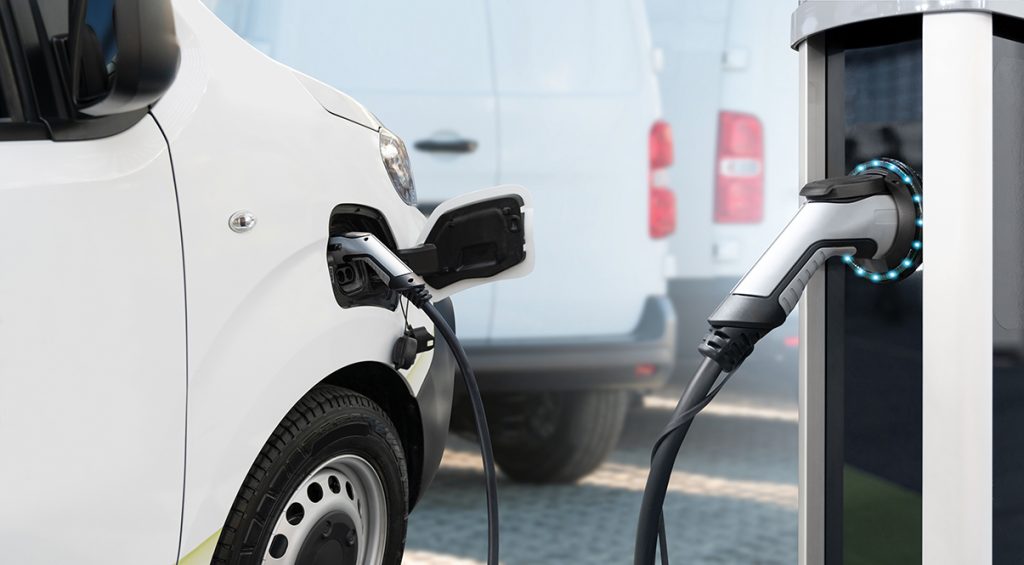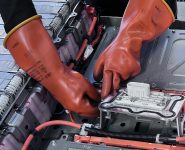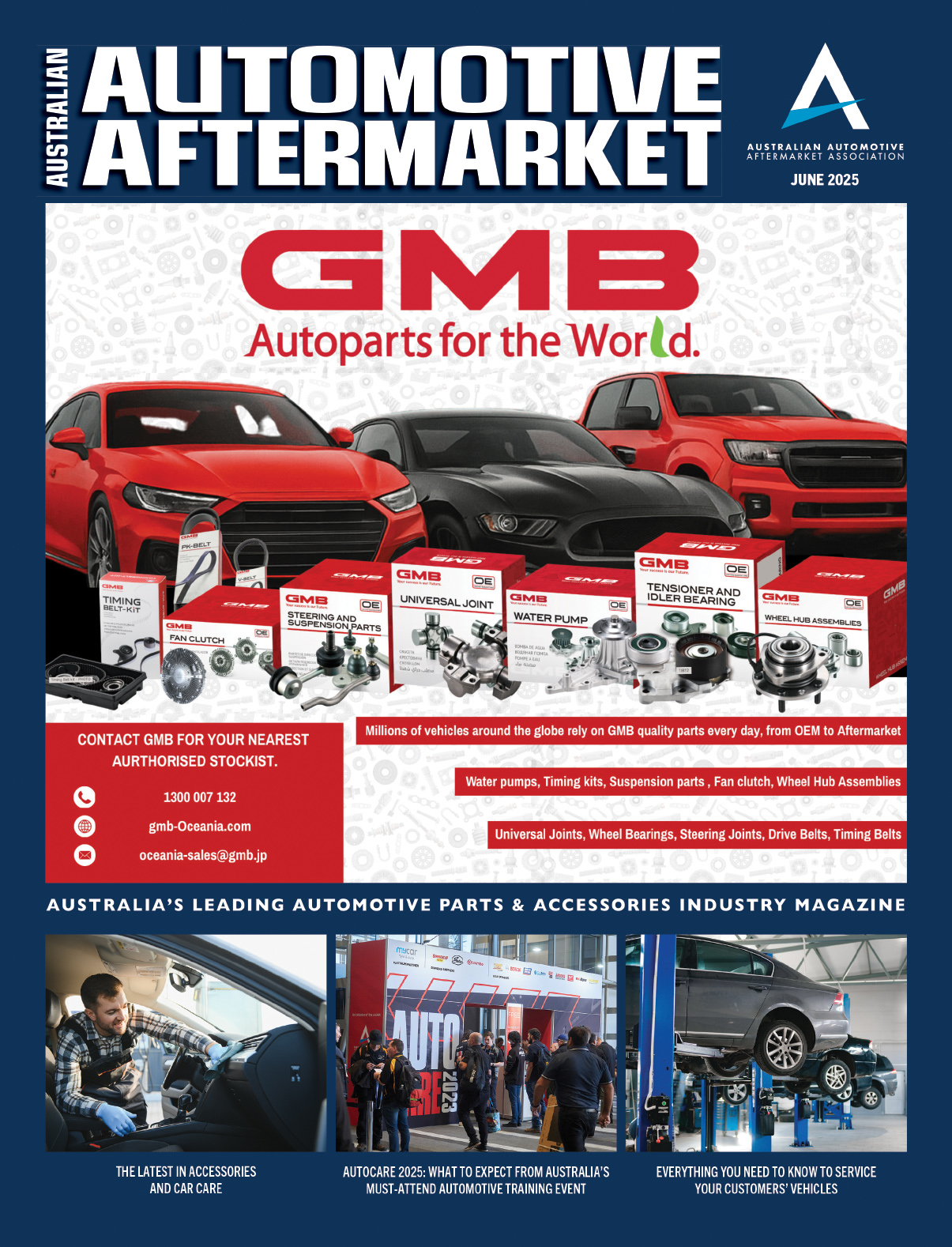WE NEED A NEW ROADMAP
The reality is that we don’t yet have a realistic or useful Australian road map for the future

How Zero and Low Emission Vehicles ZLEV affect our current industry composition is generally referred to in broad sweeping terms, and often as a threat.
The reality is that we don’t yet have a realistic or useful Australian road map for the future.
Our industry is hungry for a vision of what this may look like, and an assessment of how the core parts market will be affected by the decline of ICE-specific parts, and the growth of EV components.
At either end of a continuum is the prospect that EV and Low emission technology creates an environment that is conducive to re-establishing our car manufacturing industry versus a slow, but inevitable, decline of our auto parts industry.
On the optimistic side, there is a public discussion about how ZLEVs could possibly re-invigorate car making in Australia.
This dialogue is short on detail and typically driven by nostalgia.
However, we shouldn’t dismiss it outright as unrealistic because there is community and political desire to ‘make it here’ instead of repeating our current pattern of exporting raw minerals and importing the finished product.
We do know that the EV sector can be low-volume niche production and the global supply of EVs is trending toward the entry of new participants that have not traditionally been associated with large volume car production.
This public conversation about our future is also influenced by the COVID anxiety regarding consistency of supply and a general (growing) sentiment that over-reliance on global supply disrupts our economy and affects our sovereign risk profile.
Fewer moving parts in an EV also influences our thoughts about the future. EVs use less parts, which is clear – less heat and friction means less wear and tear.
As a result, some commentators would have us believe that the acceleration of EV sales will negatively impact ICE component production, ending in a decline of the traditional automotive component industry to be replaced by EV components specific to powertrain electrification, ADAS and connectivity.
But all these common sentiments are generalisations, not supported by good evidence and unlikely to accurately reflect the future of our industry.
There is limited reliable information available to predict the winners, the losers, the opportunities, and the size of the threat.
We have a future in which the accelerated growth of electric propulsion will change our industry, but for many, the volumes of automotive ‘core’ production continues to grow.

Core production is characterised by components that are inherently installed in all types of vehicles, independent from powertrain shifts.
A recent McKinsey report found that “despite a rising focus on electrification, core and ICE-based components still dominate revenues across the light-vehicle supply industry. Indeed, 89 percent of global tier one suppliers generate more than 90 percent of their revenues from these categories.”
There is a sense that the commentary has been overly focused on EV to the detriment of other fuel options including Hydrogen and synthetic fuels.
It follows that if we are unsure of how EV will affect our current industry, there is even less knowledge of the effect of alternate fuels and how this may or may not differ from an all-electric future.
Federal and state governments have thus far, not shed any specific light on the relationship between an EV future and our Australian manufacturing industry and early signs are that whilst there are (many) references to the potential for growth in Ministerial statements, there are very few details on where, what, how and why.
So, the road ahead is unclear and there is a demand for a balanced conversation – one that is not dominated by an outright denial that our industry is facing remarkable change and disruption.
But whilst we collectively engage in this debate, we must also avoid leaning into a world view that prematurely announces the demise of the Australian Automotive Parts Industry.
AAAA continues to engage with government at all levels on Australia’s EV and low emissions future to ensure the interests of its members are considered.
We are soon to start a mapping exercise to audit our current production and importantly, to find out our ‘Future Ready’ sentiment and index.
Should you have any concerns or ideas, please take the opportunity to engage with us through the mapping exercise, our surveys, our regular data predictions and other media channels, and we will make sure that we continue to have an open and informed dialogue.








